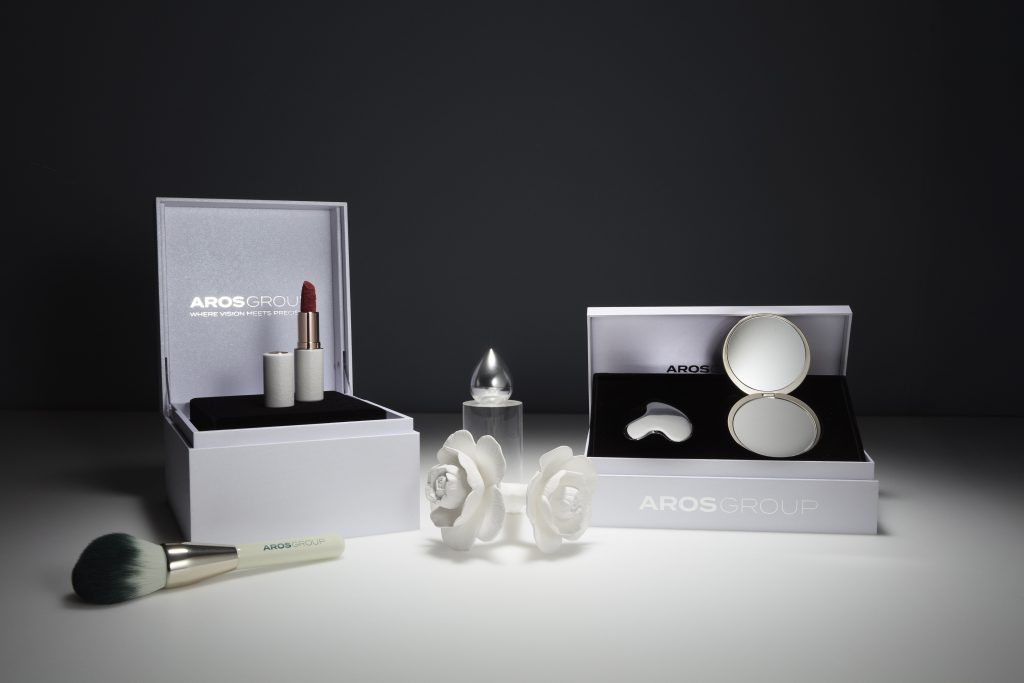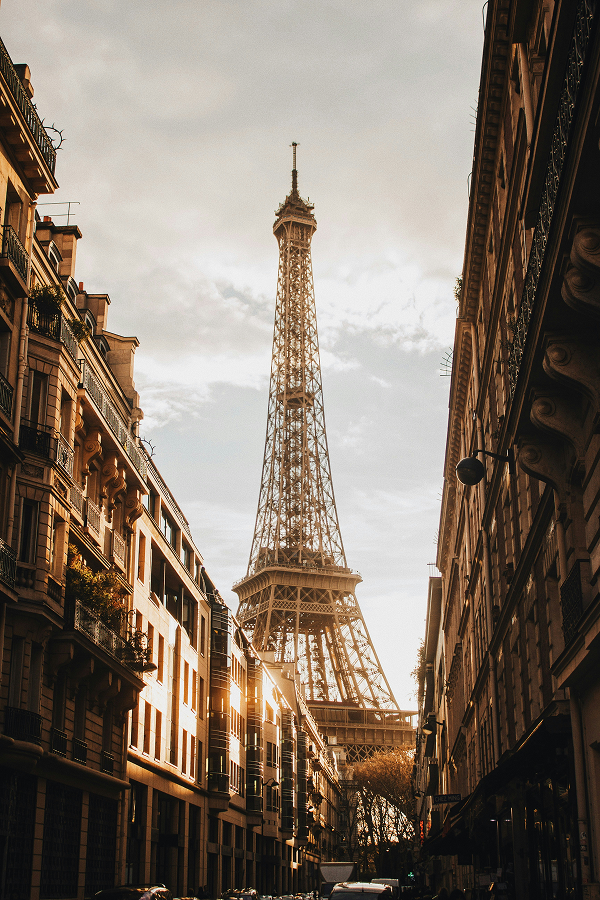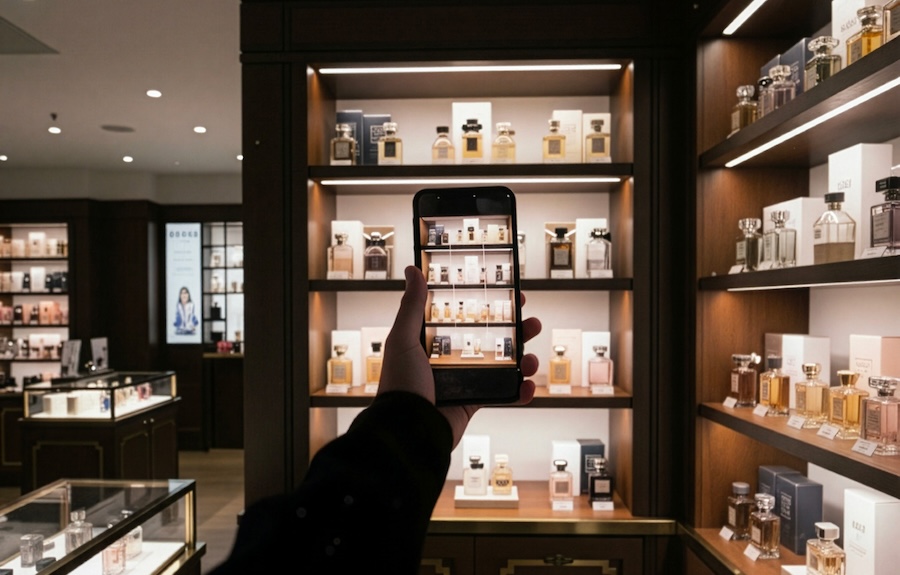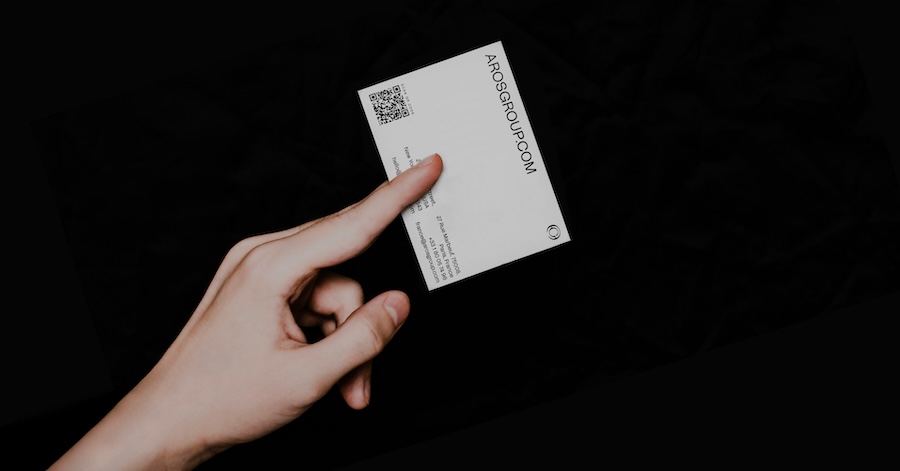Luxury has always been defined by excellence, rarity, and refinement. But at a time when consumers demand greater transparency and commitment, a paradox arises: is eco-responsible packaging truly compatible with the luxury sector?
Once seen as a constraint, sustainability is today a unique opportunity to reinvent the codes of prestige.
Far from weakening the image of luxury houses, it can actually strengthen their aura, adding deeper meaning to each creation. True luxury no longer lies only in opulence, but in the choice of materials and in responsibility.
Key takeaways:
- Sustainable packaging is now a priority for luxury brands.
- The use of responsible materials – recyclable glass, certified wood, polished aluminum – has become a new standard.
- Refillable bottles and eco-designed gift boxes illustrate the shift toward more responsible rituals.
- Sustainability and the circular economy turn packaging into a lever for differentiation.
The Traditional Codes of Luxury Packaging
Luxury packaging is not just a container: it is a vector of emotion, a visual and tactile signature. In perfumery, spirits, or jewelry, every detail counts:
- Noble materials: blown glass, cut crystal, polished metal, precious woods.
- Artisanal know-how: hand engravings, delicate gilding, invisible finishes.
- Iconic forms: sculptural perfume bottles, jewelry boxes, bespoke cases.
Each detail tells a story, each texture becomes a language. Luxury packaging is a stage set where rarity expresses itself through perfection. But today, these codes must engage with another requirement: sustainable packaging.
Evolving Expectations in the Luxury Market
The 21st-century clientele, while still drawn to beauty and prestige, aspires to a more conscious luxury. Their expectations reshape the landscape:
- Authenticity and transparency: consumers want objects that respect both the planet and the artisans behind them.
- Environmental responsibility: the use of recycled, recyclable, or refillable materials is now an expected standard.
- International certifications: Ecocert, FSC, and other labels provide tangible proof of commitment.
- Ethical storytelling: successful brands link their heritage to a sustainable vision.
Eco-responsible luxury packaging is therefore not a compromise, but a value-added advantage. It conveys the modernity of a house without ever denying its heritage.
Eco-Responsible Packaging and Luxury: Toward a New Alliance?
Once considered antagonistic, luxury and eco-responsibility are now forming a powerful alliance. Environmental requirements do not erase the codes of prestige: they elevate them, adding a new dimension of meaning.
Durable, Aesthetic, and Prestigious Materials
Today’s luxury explores responsible materials that maintain their aura:
- Recyclable blown glass, with pure lines.
- FSC-certified wood or sustainably managed sources.
- Metals like aluminum, infinitely recyclable.
- Biopolymers and eco-designed creative papers.
Luxury Reinvented by Sustainable Design
Far from diminishing prestige, sustainable design enhances it:
- Iconic forms (emerald, hourglass, monolith) embody exclusivity while integrating sustainable processes.
- A luxury perfume gift box made from recycled paper can become an aesthetic manifesto, with textures and finishes that elevate the material.
Thus, eco-responsible luxury packaging is no longer a compromise but an evidence: elegance now draws strength from conscience, and beauty from shared responsibility.
Recyclable and Refillable: The New Luxury Rituals
In the luxury sector, eco-responsibility translates into two major dynamics: recyclable and refillable.
- Recyclable packaging focuses on continuity: glass, aluminum, and certified papers extend the material lifecycle while maintaining perceived quality. The material reinvents itself without losing its nobility.
- Refillable packaging, on the other hand, opens new horizons. By integrating discreet and elegant refill systems, it reduces environmental impact while preserving the sensory experience.
Together, these two approaches are not mere technical alternatives: they redefine the codes of a modern, desirable, and responsible luxury.
Our Creations Serving a Conscious Luxury
Eco-responsible luxury packaging already comes to life in concrete creations that reinvent the codes of prestige.
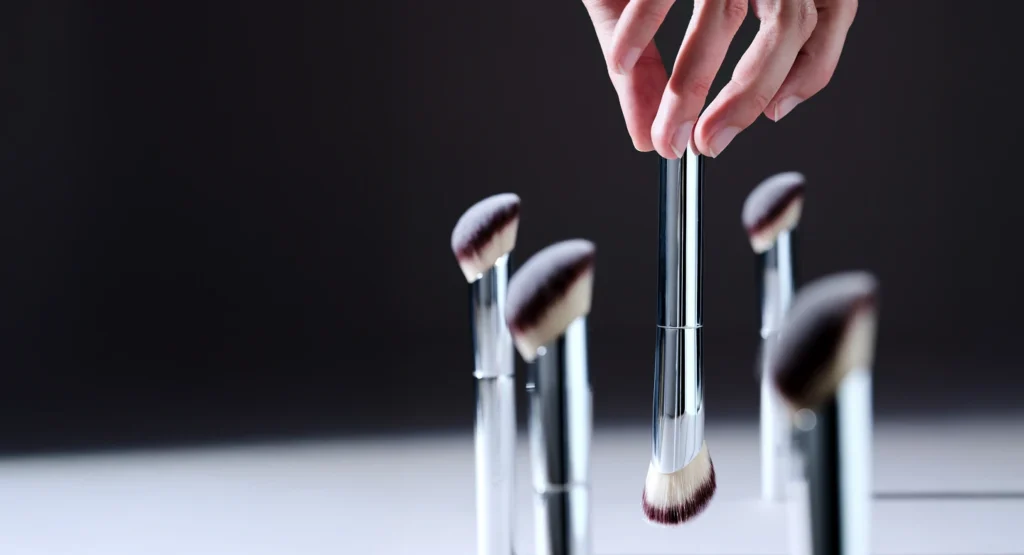
These innovations show that sustainability does not limit creativity: it amplifies it. Each packaging becomes a language, where beauty speaks through responsibility, and eco-design opens new territories for luxury.
AROS Group, Your Partner for Sustainable Luxury Packaging
At AROS Group, we believe a luxury package must be both an object of desire and an act of responsibility.
Our role? To support luxury brands in creating cases that blend refinement, innovation, and sustainability.
Our commitments:
- Aesthetics and responsibility: elevating the object while integrating circular economy principles.
- Material choices: recyclable glass, polished aluminum, FSC-certified wood, eco-designed papers.
- Constant innovation: R&D dedicated to creating new rituals (refillable bottles, sustainable gift boxes).
- Bespoke support: from concept to execution, each project is designed as a unique signature.
The luxury of the future will no longer be measured only by the brilliance of crystal or the shine of rare metals. It will also be measured by the strength of commitment.
Sustainable packaging is a unique opportunity for luxury brands: to embody a luxury that seduces the senses while respecting the planet. Prestige does not disappear with sustainability. It rises higher.
FAQ – Your Questions, Our Answers
- Is eco-responsible packaging compatible with luxury?
Yes. When designed with precision and meaning, it does not reduce perceived value: it elevates the object, giving it an ethical and contemporary aura. - Which materials should be prioritized for sustainable luxury packaging?
Recyclable glass, aluminum, FSC-certified wood, recycled creative papers, and certain innovative biopolymers that combine nobility and responsibility. - What’s the difference between recyclable and refillable?
Recyclable packaging gives new life to the material after use, while refillable packaging avoids recreating the entire bottle, extending its lifespan and emotional bond. - Are eco-responsible packaging solutions more expensive?
They may involve a slight initial cost due to innovation and materials, but they build loyalty, brand value, and a stronger image. - How long does it take to develop sustainable packaging?
On average, between 4 and 9 months, depending on the project’s complexity, chosen materials, and level of customization.
